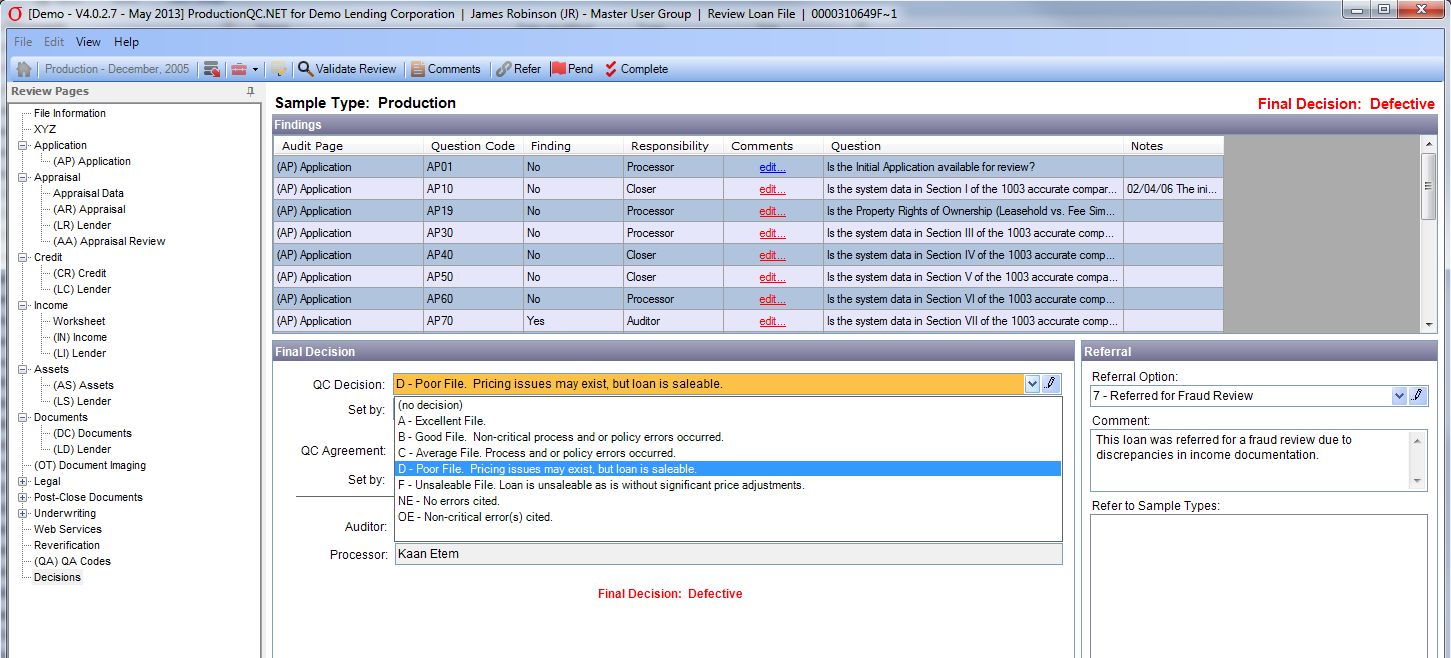Cogent is pleased to announce that we have been selected by Housing Wire for its 2015 HW Tech100 list of the most innovative technology companies in the housing economy. Over 250 nominations were received by the judges, who whittled the list down to the select 100. Of that 100, 60 were returning winners from last year and 40, including Cogent, were new inductees. We are honored to be included in such impressive company. As always, we will seek to continuously improve our technology in collaboration with our clients.
Here is how Housing Wire describes the HW Tech100:





